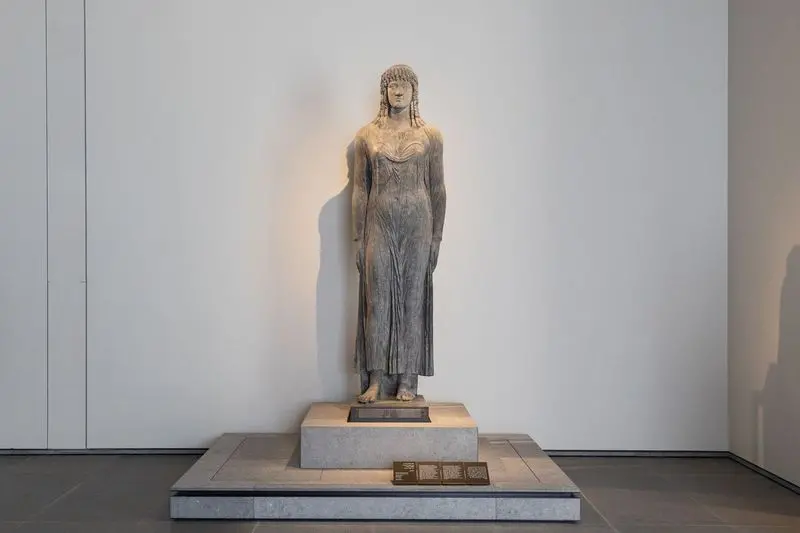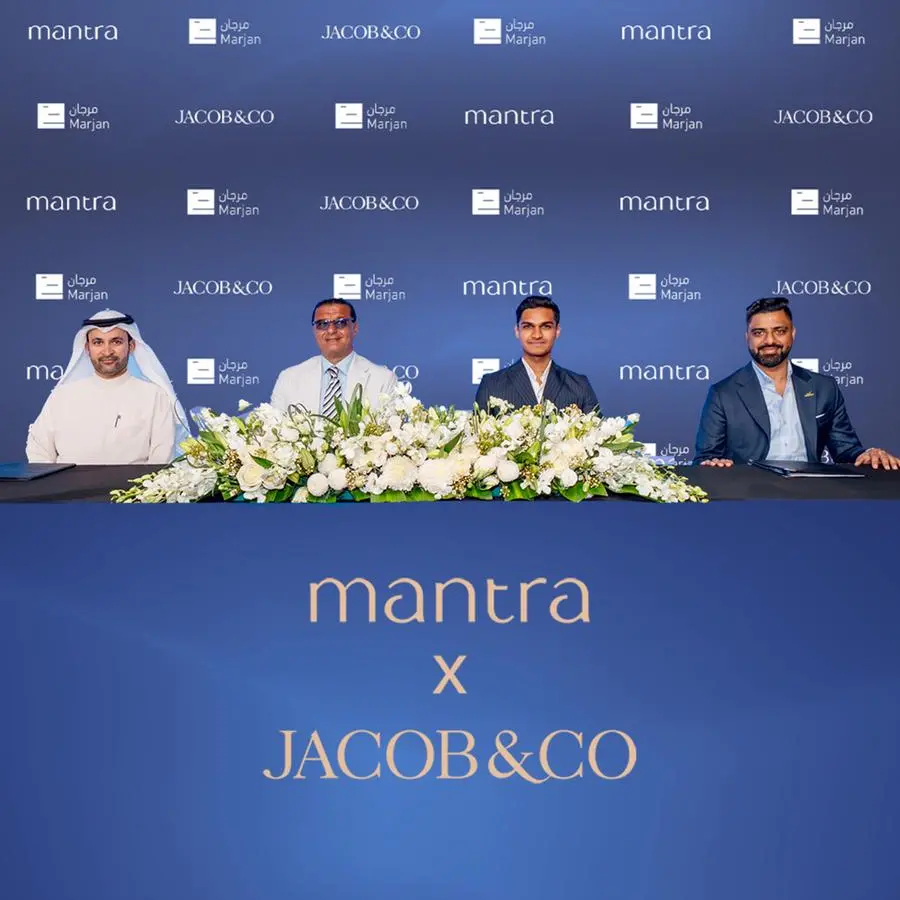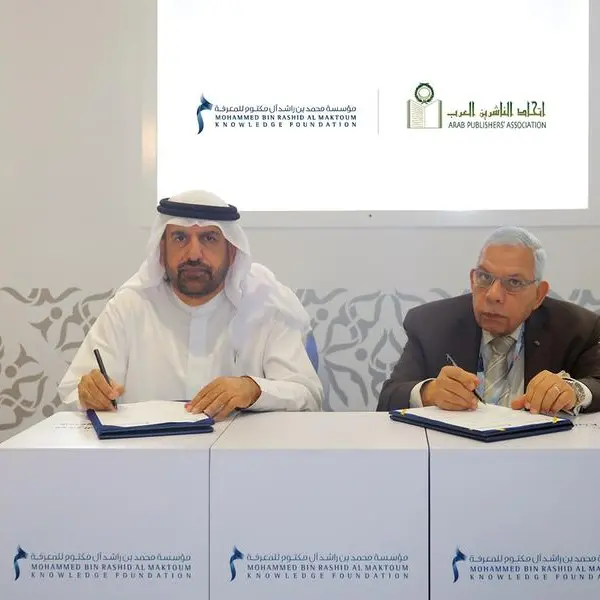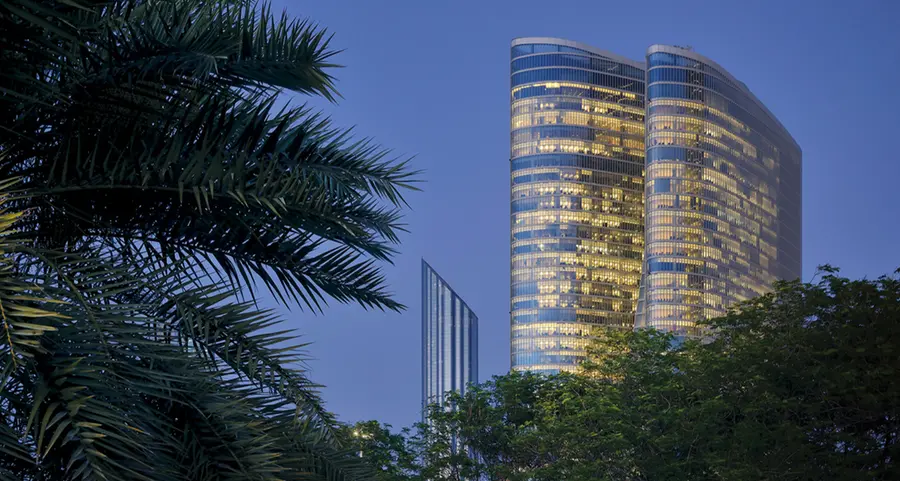PHOTO
Colossal statue of Isis. ©Department of Culture and Tourism – Abu Dhabi. Photo by Daryll Borja-Seeing Things. Image Courtesy: Louvre Abu Dhabi
Abu Dhabi, UAE: Louvre Abu Dhabi has unveiled significant new loans and acquisitions in its galleries, many on view for the first time in the region. Highlighting new stories of cross-cultural connections, these additions underscore the museum’s dedication to uncovering the history of human creativity and offer a fresh experience which promises to attract both first-time and returning visitors to the museum.
Manuel Rabaté, Director of Louvre Abu Dhabi said: “As the first universal museum in the Arab world, Louvre Abu Dhabi is committed to curating a diverse and expansive collection through global loans and acquisitions. Our mission is to highlight the rich tapestry of human history spanning different cultures. By regularly introducing new artworks, we continually grow our permanent collection, enriching the experience for our visitors. We deeply appreciate the generosity of our partners, with the support of France Muséums, and the robust collaboration with cultural institutions worldwide, which are crucial in making these signification artworks accessible by museumgoers and art lovers in the UAE.”
NEW ACQUISITIONS
Louvre Abu Dhabi’s new acquisitions include:
- Gold and Silver inlaid Brass Candlestick from Iraq, Mosul about 1275, a spectacular example of medieval Islamic metalwork. The exquisite piece showcases intricate craftsmanship and sophisticated aesthetic, reflecting the opulence and cultural richness of the period.
- Large Arabic Astrolabe Quadrant with Prayer Lines, 15th to 16th century from Maghreb or Syria, a sophisticated instrument designed for astronomical measurement and navigation that played a crucial role in religious practices to determine prayer times. The piece represents the advanced scientific knowledge and exquisite craftsmanship of the time.
- Asante Stool of the Queen Mother from 19th century Ghana embodying the rich heritage and artistic prowess of the Asante people. Crafted from wood and adorned with silver, the piece highlights the attention to detail characteristic of its artisans. The stool illustrates the Queen Mother’s esteemed position and role in governance and as the community leader, providing insight into the social structure and artistic traditions of 19th century Ghana.
NEW WORKS ON LOAN
The museum’s collection is enriched by significant loans from partner museums and cultural institutions. Musée du Louvre has significantly contributed to the latest crop of loans with masterpieces that are currently on display in the museum’s galleries. The Philosopher in Contemplation by Rembrandt van Rijn (Leiden 1606 – Amsterdam 1669) and the Young Draughtsman Sharpening his Pencil by Jean-Baptiste-Siméon Chardin (Paris 1699 – 1779), on loan from the department of paintings at Musée du Louvre, exemplify unique facets of artistic and philosophical reflection. Rembrandt’s artwork, painted in 1632, captured the depth of human introspection through dramatic interplay of light and shadow, symbolising the enlightenment that comes from deep contemplation. In contrast, Jean-Baptiste Chardin’s artwork captures a moment of focused preparation in a serene and intimate atmosphere, highlighting the dedication and craftsmanship required in the pursuit of art.
Other loans include two gigantic statues: the Colossal Statue of Isis from the Department of Greek, Etruscan, and Roman Antiquities, and the statue of Mercury from the Sculptures Department of the Musée du Louvre. These statues are located in the museum’s vestibules to further enhance these spaces, inviting visitors to ponder the beauty and significance of the artworks. The Colossal Statue of Isis (117-138 reign of Hadrian), a monumental black marble statue of the powerful goddess of motherhood, represents the rich cultural and religious tapestry of ancient Egypt. The statue is large in scale with intricate detailing, exemplifying exceptional craftsmanship. The body was discovered separate from the head, which was purchased by Pope Benedict XIV in 1753. The head was discovered in 1726 in Hadriana. The head was eventually reunited with its body in 1815. The statue of Mercury is part of the most significant private sculpture commission of the eighteenth century. Created for the Controller General of Finances under Louis XV, it was meant for his Parisian townhouse but was not completed during his lifetime. The sculpture reflects the minister’s duties with Mercury serving as an allegory of commerce, the focus of his responsibilities signifying the importance of trade during the era, which makes it an interesting display with rich history. Another small silver bronze sculpture on loan from Musée du Louvre is the Death of Ailly (1800 – 1900) by French sculptor Jean François Théodore Gechter (1796 - 1844).
Dr. Guilhem André, Director for Scientific, Curatorial and Collections Management at Louvre Abu Dhabi, said: “Our newest loans and acquisitions vividly enhance the diversity of our collection, with each contributing to Louvre Abu Dhabi’s universal narrative in unique ways. The refined artistic productions and advanced scientific instruments of the medieval Islamic world meet this year with masterpieces of Western painting and sculpture, as well as the rich artistic traditions of the cultures of Africa and Oceania. Together, they shape a dynamic and interconnected story. Each piece not only stands out on its own but also weaves into a broader framework of cultural and artistic knowledge and expression, enriching our permanent galleries and offering visitors a deeper appreciation of our shared heritage.”
FURTHER ARTWORKS TO BE DISPLAYED
In the new rotation of artworks that will take place later this year, Louvre Abu Dhabi will unveil additional exquisite acquisitions and loans including ancient, modern and contemporary masterpieces from around the world. Highlights of new acquisitions will include a Hispano-moresque earthenware blue and lustred armorial charger (c.1456 – 1461) from Valencia; and a Circular Limoges enamel charger depicting the punishment of Niobe by Diana and Appollo (16th century) by Pierre Courtoys, after Giulio Romano.
A significant highlight and splendid Islamic artwork is the Pyxis in the name of Al-Mughira, on loan from the department of Islamic Arts at Musée du Louvre. This exquisite ivory container from Madinat al-Zahra in Spain crafted in 968 CE will be on display at Louvre Abu Dhabi for the first time. Its departure from the Musée du Louvre marks a historic moment, allowing visitors in the UAE to appreciate its intricate craftsmanship and historical significance.
For more information about the galleries and to book tickets, please visit www.louvreabudhabi.ae or call Louvre Abu Dhabi
Louvre Abu Dhabi’s operating hours
- Museum: Open: 10 am – 6.30 pm (Tue - Thurs); extended hours: 10am – 8.30pm (Fri - Sun); closed on Mondays.
- Dome: Open: 10am – midnight (Tues - Sun) - last entry 11 pm; closed on Mondays
- Museum Café: Open: 10 am – 6.30 pm (Tue - Thurs); extended hours: 10 am – 10 pm (Fri – Sun). Closed on Mondays
- Art Lounge: Open: 3 pm – 12 am (last orders 11 pm); closed on Mondays
- Fouquet’s Abu Dhabi and Marta Bar: Open: 12 pm – 12 am (last orders at 10 pm) (Tue – Thurs, Sun); weekends: 12 pm – 1 am (last orders at 10.30 pm) (Fri – Sat); closed on Mondays
- Aptitude Café: Open: 9 am – 10 pm (daily including Mondays)
Follow Louvre Abu Dhabi on social media: Facebook (Louvre Abu Dhabi), Twitter (@LouvreAbuDhabi) and Instagram (@LouvreAbuDhabi) #LouvreAbuDhabi.
ABOUT LOUVRE ABU DHABI
Created by an exceptional agreement between the governments of Abu Dhabi and France, Louvre Abu Dhabi was designed by Jean Nouvel and opened on Saadiyat Island in November 2017. The museum is inspired by traditional Islamic architecture and its monumental dome creates a rain of light effect and a unique social space that brings people together.
Louvre Abu Dhabi celebrates the universal creativity of mankind and invites audiences to see humanity in a new light. Through its innovative curatorial approach, the museum focuses on building understanding across cultures: through stories of human creativity that transcend civilisations, geographies, and times.
The museum’s growing collection is unparalleled in the region and spans thousands of years of human history, including prehistoric tools, artefacts, religious texts, iconic paintings, and contemporary artworks. The permanent collection is supplemented by rotating loans from 19 French partner institutions, regional and international museums.
Louvre Abu Dhabi is a testing ground for new ideas in a globalised world and champions new generations of cultural leaders. Its international exhibitions, programming and Children’s Museum are inclusive platforms that connect communities and offer enjoyment for all.
ABOUT MUSÉE DU LOUVRE
The Louvre in Paris opened in 1793, during the French Revolution, and from the very beginning was intended to provide inspiration for contemporary art. Courbet, Picasso, Dalí and so many others came to its hallowed halls to admire the old masters, copy them, immerse themselves in masterpieces and improve and fuel their own art. As an ancient royal residence, the Louvre is inextricably linked to eight centuries of French history. As a universal museum, its collections, among the best in the world, span many millennia and miles, from the Americas to Asia. Over 38,000 artworks are grouped into eight curatorial departments, including universally admired works such as the Mona Lisa, the Winged Victory of Samothrace, and the Venus de Milo. With 9.6 million guests in 2019, the Louvre is the most visited museum in the world.
ABOUT THE DEPARTMENT OF CULTURE AND TOURISM – ABU DHABI
The Department of Culture and Tourism–Abu Dhabi (DCT Abu Dhabi) drives the sustainable growth of Abu Dhabi’s culture and tourism sectors and its creative industries, fuels economic progress and helps achieve Abu Dhabi’s wider global ambitions. By working in partnership with the organisations that define the emirate’s position as a leading international destination, DCT Abu Dhabi strives to unite the ecosystem around a shared vision of the emirate’s potential, coordinate effort and investment, deliver innovative solutions, and use the best tools, policies, and systems to support the culture and tourism industries.
DCT Abu Dhabi’s vision is defined by the emirate’s people, heritage, and landscape. We work to enhance Abu Dhabi’s status as a place of authenticity, innovation, and unparalleled experiences, represented by its living traditions of hospitality, pioneering initiatives, and creative thought.
ABOUT SAADIYAT CULTURAL DISTRICT
Home to Louvre Abu Dhabi, Berklee Abu Dhabi, Manarat Al Saadiyat, Abrahamic Family House and the soon-to-open Zayed National Museum, teamLab Phenomena Abu Dhabi, Guggenheim Abu Dhabi and Natural History Museum Abu Dhabi, Saadiyat Cultural District is one of the greatest concentrations of cultural institutions. Saadiyat Cultural District is a global platform, emanating from a rich cultural heritage, celebrating traditions, and advancing equitable culture. It is an embodiment of empowerment, showcasing museums, collections, and narratives that supports the region’s heritage while promoting a diverse global cultural landscape. Saadiyat Cultural District is a testament to Abu Dhabi's commitment to preserving heritage while embracing a forward-looking vision. The District invites the world to engage with diverse cultures, fostering dialogue exchange, and offers a global cultural space that supports the region and the global South.




















